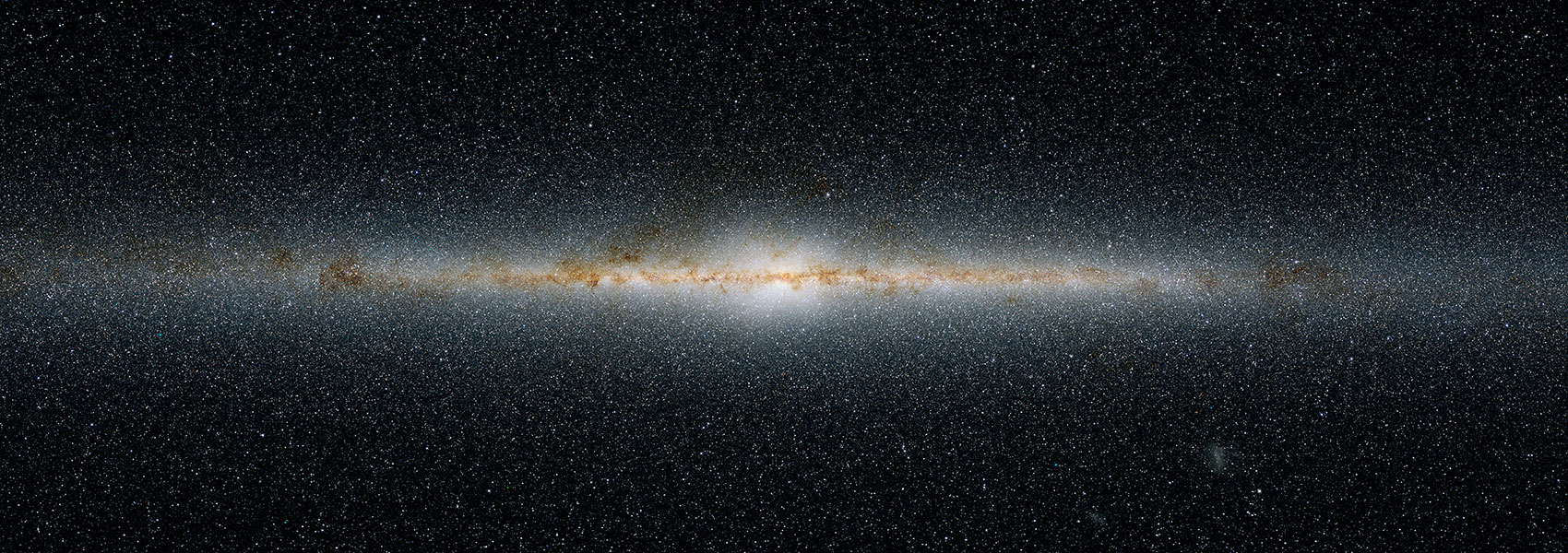August
2016
•
2016ApJ...827..106A
Authors
•
Alatalo, Katherine
•
Lisenfeld, Ute
•
Lanz, Lauranne
•
Appleton, Philip N.
•
Ardila, Felipe
•
Cales, Sabrina L.
•
Kewley, Lisa J.
•
Lacy, Mark
•
Medling, Anne M.
•
Nyland, Kristina
•
Rich, Jeffrey A.
•
Urry, C. Meg
Abstract
•
We present CO(1-0) observations of objects within the Shocked POststarburst Galaxy Survey taken with the Institut de Radioastronomie Millimétrique 30 m single dish and the Combined Array for Research for Millimeter Astronomy interferometer. Shocked poststarburst galaxies (SPOGs) represent a transitioning population of galaxies, with deep Balmer absorption ({{EW}}{{H}δ }\gt 5 {\mathring{{A}}} ), consistent with an intermediate-age (A-star) stellar population, and ionized gas line ratios inconsistent with pure star formation. The CO(1-0) subsample was selected from SPOGs detected by the Wide-field Infrared Survey Explorer with 22 μm flux detected at a signal-to-noise ratio (S/N) > 3. Of the 52 objects observed in CO(1-0), 47 are detected with S/N > 3. A large fraction (37%-46% ± 7%) of our CO-SPOG sample were visually classified as morphologically disrupted. The H2 masses detected were between {10}8.7-10.8 {M}⊙ , consistent with the gas masses found in normal galaxies, though approximately an order of magnitude larger than the range seen in poststarburst galaxies. When comparing the 22 μm and CO(1-0) fluxes, SPOGs diverge from the normal star-forming relation, having 22 μm fluxes in excess of the relation by a factor of < {ɛ }{{MIR}}> ={4.91}-0.39+0.42, suggestive of the presence of active galactic nuclei (AGNs). The Na I D characteristics of CO-SPOGs show that it is likely that many of these objects host interstellar winds. Objects with large Na I D enhancements also tend to emit in the radio, suggesting possible AGN driving of neutral winds.
Links




